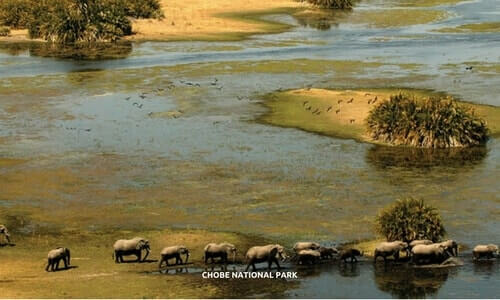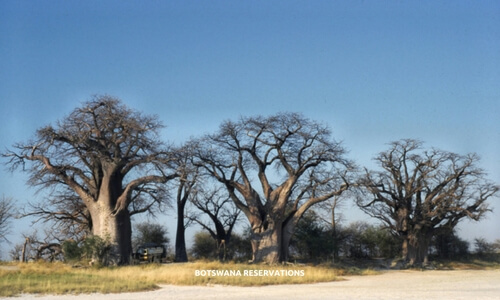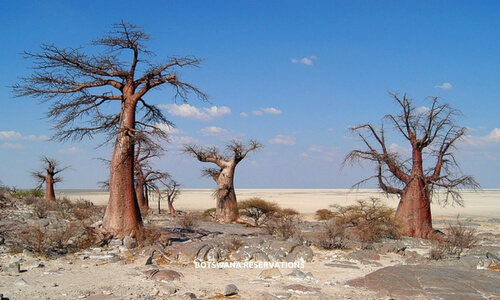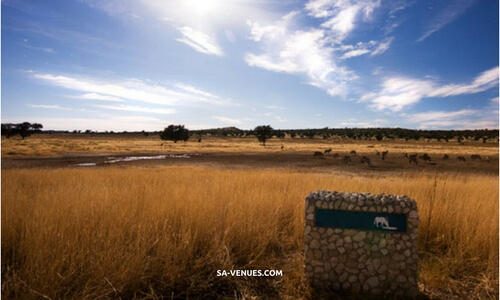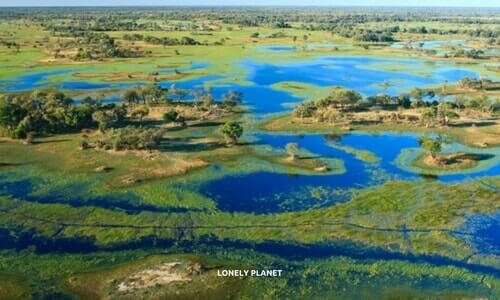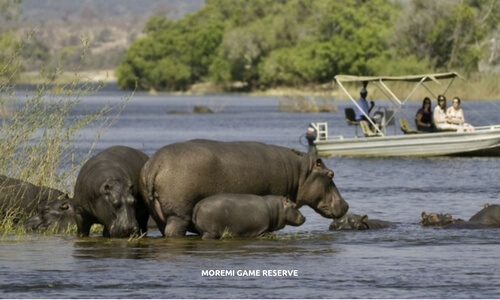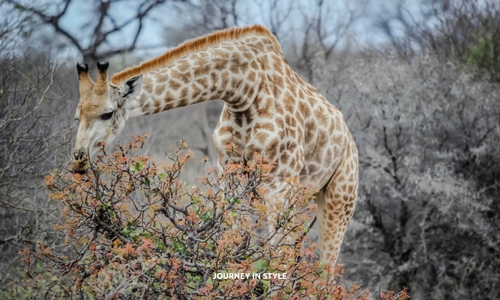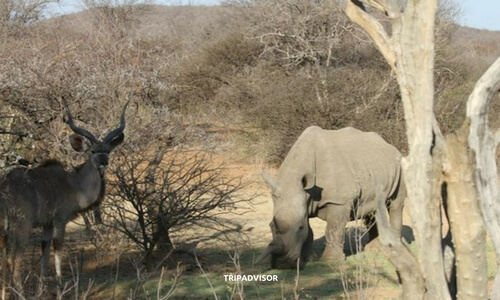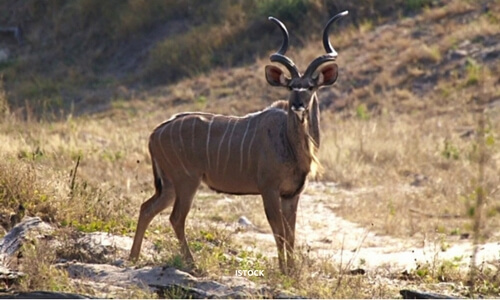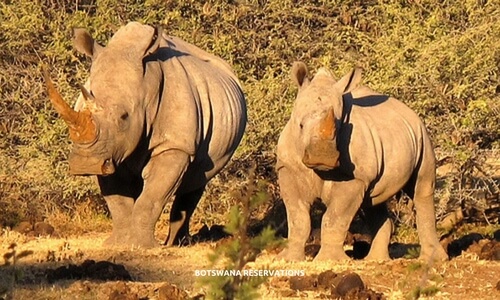Lying on the northwestern part of Botswana and just a few hours away from the famous Victoria Falls, Chobe National Park remains to be Botswana’s top attraction. It hosts the largest population of elephants in the world wherein these big-eared creatures frequent the hippo- and crocodile-filled Chobe River everyday and disperse to the park’s desiccated lands. The park is also home to a big predator population and herds of buffalos, antelopes, sables and an endless list of herbivores. Its birdlife will also not disappoint as they host over 450 recorded species and during summer, a number of migrants also come. Another exciting thing about Chobe National Park is the chance to go on a river cruise, giving you a different vantage point from the usual wildlife scenery.

